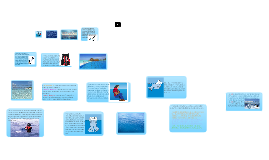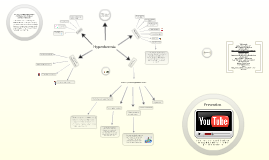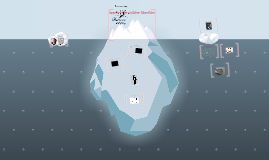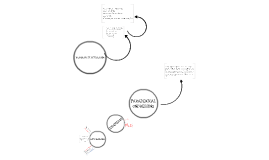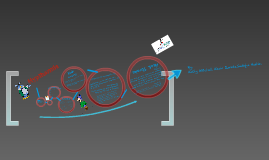Hypothermia
Transcript: Hypothermia occurs when the body’s temperature falls below 35 °C. The human body has a number of systems that maintain a constant core temperature of around 37 °C. A person doesn’t have to be in subzero temperatures to risk hypothermia – it often happens in temperatures ranging from 0 to 10 °C. A person can also become hypothermic as a result of some medical conditions. People who lie immobile following a stroke or after taking drugs, for example, can become cold in a surprisingly short time. Some situations can cause the body to lose more heat than it can generate. These situations can include: Prolonged exposure to cold conditions Being in cold water for a long time Spending excessive time in wet clothes Lying immobile in cool air or on a cold surface If a person cannot generate enough heat from muscle activity to replace that being lost, or if they are not wearing suitable clothing to protect from heat loss, then hypothermia can occur. Signs and symptoms of hypothermia The first warning sign of hypothermia is uncontrollable shivering. The person stops shivering as they progress into severe hypothermia. The person may fall into a coma as the body temperature falls below 32 °C. Once the brain cools to around 30 °C, the structure that regulates body temperature (hypothalamus) stops working. The person’s breathing and heart beat slows severely until it becomes undetectable. The heart no longer pumps blood effectively and the body is starved of oxygen. This is eventually fatal without prompt treatment. However, people with severe hypothermia can demonstrate an amazing capacity to recover if managed correctly. Stages of hypothermia symptoms - The symptoms of hypothermia can progress slowly and people are often not aware they need medical help. The stages can include: Feeling cold, Cool, pale skin, Shivering, Loss of concentration, poor judgement, Loss of control over fine motor coordination – for example, the muscles of the fingers, Drowsiness, Lethargy, Confusion, irritability, Dizziness, Difficulty breathing, Loss of physical coordination, unsteady on feet, Stops shivering eventually, Slurred speech, speech difficulty, Slowed breathing, Dilated pupils, Coma and Death Hypothermia Kellie Symons Jamie Veneman Your Body Core Temperature 1. Heat is both required and produced at the cellular level. The environment acts as either a heating or a cooling force on the body. The body must be able to generate heat, retain heat, and discharge heat depending on the body activity and ambient external temperature. 2. Body temperature is a measure of the metabolism - the general level of chemical activity within the body. 3. The hypothalamus is the major center of the brain for regulating body temperature. It is sensitive to blood temperature changes of as little as 0.5 degrees Celsius and also reacts to nerve impulses received from nerve endings in the skin. 4. The optimum temperature for chemical reactions to take place in the body is 37 degrees . Above 40 degrees many body enzymes become denatured and chemical reactions cannot take place leading to death. Below 37 degrees chemical reactions slow down with various complications which can lead to death. 5. Core = the internal body organs, particularly the heart, lungs, and brain. Periphery = the appendages, skin, and muscle tissue. 6. Core temperature is the temperature that is essential to the overall metabolic rate of the body. The temperature of the periphery is not critical. How Your Body Regulates Core Temperature 1. Vasodilation - increases surface blood flow, increases heat loss (when ambient temperature is less that body temperature). Maximal vasodilation can increase cutaneous blood flow to 3000 ml/minute (average flow is 300-500 ml/minute). 2. Vasoconstriction - decreases blood flow to periphery, decreases heat loss. Maximal vasoconstriction can decrease cutaneous blood flow to 30 ml/minute. 3. Sweating - cools body through evaporative cooling 4. Shivering - generates heat through increase in chemical reactions required for muscle activity. Visible shivering can maximally increase surface heat production by 500%. However, this is limited to a few hours because of depletion of muscle glucose and the onset of fatigue. 5. Increasing/Decreasing Activity will cause corresponding increases in heat production and decreases in heat production. 6. Behavioral Responses - putting on or taking off layers of clothing will result in heat regulation What is Hypothermia These first aid tips apply to all stages of hypothermia: Don’t massage or rub the person – and do not allow them to help you. Keep them still or they risk a heart attack. If they move, the muscular activity will pump cold blood from their arms and legs into the central circulation and cause their core temperature to drop even more. Move the person out of the cold – if this is not possible, protect them from wind, cover their head and insulate their body from the cold ground. Remove wet clothing – replace with a






